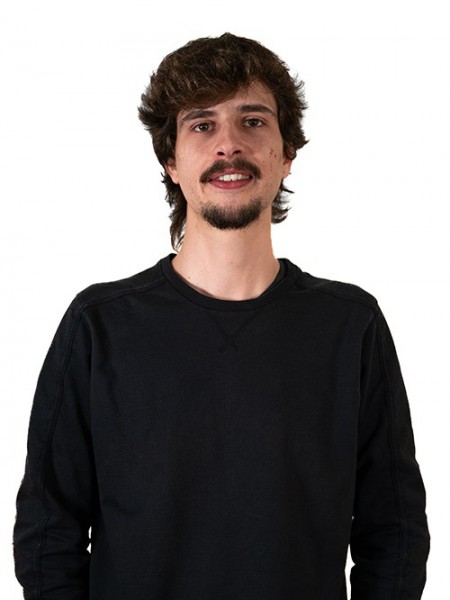resumo
The development of thermoelectrics for high-temperature applications imposes several essential requirements on the material properties. In some energy-conversion scenarios, the cost and thermal stability requirements may dominate over efficiency issues, making abundant, high-temperature-stable and low-toxic oxides attractive alternative thermoelectric materials. As compared to traditional thermoelectrics, oxides possess unique redox flexibility and defect chemistry, which can be precisely tuned by external temperature and oxygen partial pressure conditions. This work aims to demonstrate how, by redox-sensitive substitutions, the thermoelectric properties of oxides can be tuned and enhanced. The proposed strategy is exemplified by considering molybdenum-containing strontium titanate within nominally single-substituted and nanocomposite concepts. The involved materials design allows us to proceed from an in-depth understanding of the redox-promoted effects to the demonstration of the enhanced thermoelectric performance attained by redox engineering. Synergistic enhancement of the Seebeck coefficient and suppression of the thermal conductivity due to combined carrier filtering effects and efficient phonon scattering at redox-induced interfaces provided up to 25% increase in the thermoelectric performance. The results demonstrate extraordinary flexibility of the perovskite lattice towards retaining a rich combination of the molybdenum redox states and shifting their ratio by tuning the A-site stoichiometry, and the prospects for developing new materials combining thermoelectric and (electro)catalytic functionalities.
palavras-chave
TRANSPORT-PROPERTIES; DEFECT CHEMISTRY; ELECTRONIC TRANSPORT; ELECTRICAL-TRANSPORT; DOPED SRTIO3; POWER FACTOR; PERFORMANCE; OXIDE; TEMPERATURE; GENERATORS
categoria
Chemistry; Energy & Fuels; Materials Science
autores
Kovalevsky, AV; Zakharchuk, KV; Aguirre, MH; Xie, W; Patricio, SG; Ferreira, NM; Lopes, D; Sergiienko, SA; Constantinescu, G; Mikhalev, SM; Weidenkaff, A; Frade, JR
nossos autores
Grupos
G3 - Materiais Eletroquímicos, Interfaces e Revestimentos
G5 - Materiais Biomiméticos, Biológicos e Vivos
agradecimentos
This work was supported by the project CICECO-Aveiro Institute of Materials (ref. UIDB/50011/2020 & UIDP/50011/2020) and the project POCI-01-0145-FEDER-031875, financed by COMPETE 2020 Program and National Funds through the FCT/MEC and when applicable co-financed by FEDER under the PT2020 Partnership Agreement, by the project UID/EMS/00481/2019-FCT and by Centro 2020, through the European Regional Development Fund (ERDF), in the scope of the project CENTRO-01-0145-FEDER-022083. SGP, NMF and SMM also acknowledge the support of national funds (OE), through FCT - FundacAo para a Ciencia e a Tecnologia, I.P., in the scope of the framework contract foreseen in the numbers 4, 5 and 6 of the article 23, of the Decree-Law 57/2016, of August 29, changed by Law 57/2017, of July 19. The authors are thankful to Prof. Carlos Sa (CEMUP) for performing XPS studies and helpful discussion of the results. TEM work was financed by H2020-MSCA-RISE-2016 SPICOLOST (Grant No. 734187) and has been conducted at Advanced Microscopy Laboratory INA - Universidad de Zaragoza.










